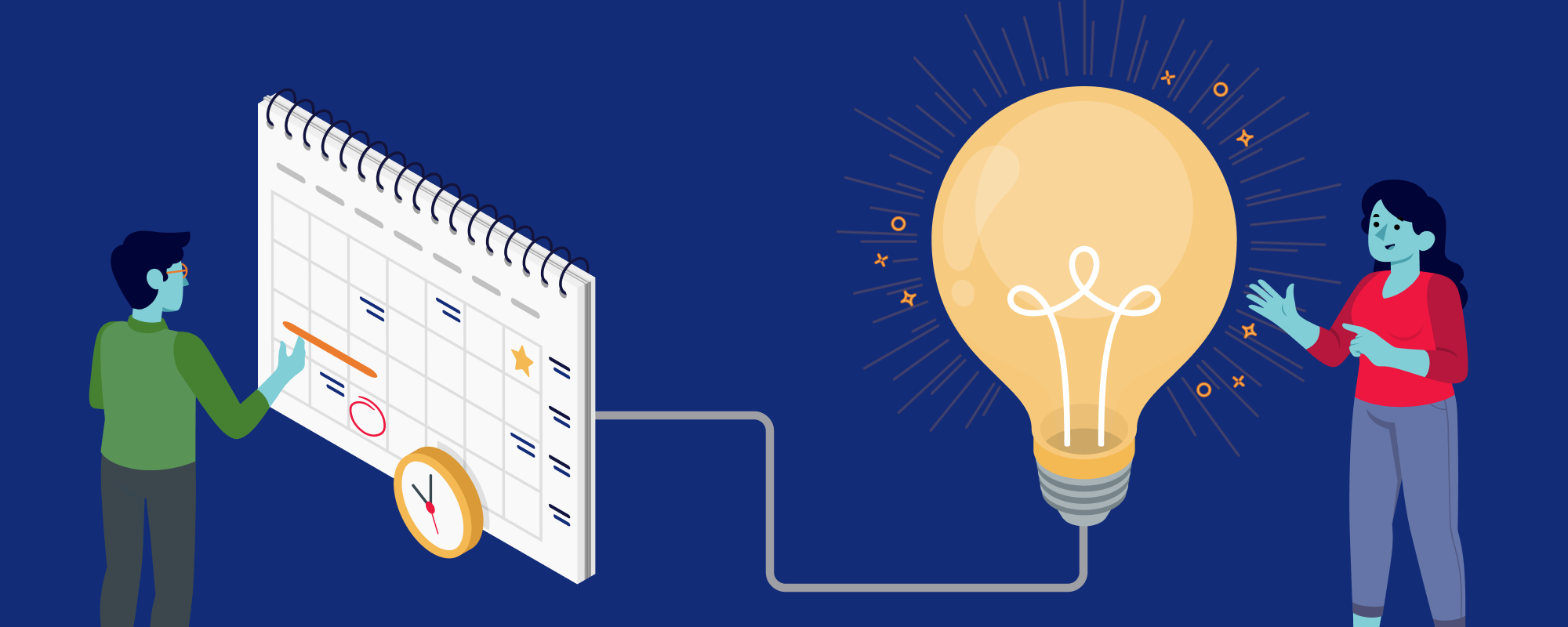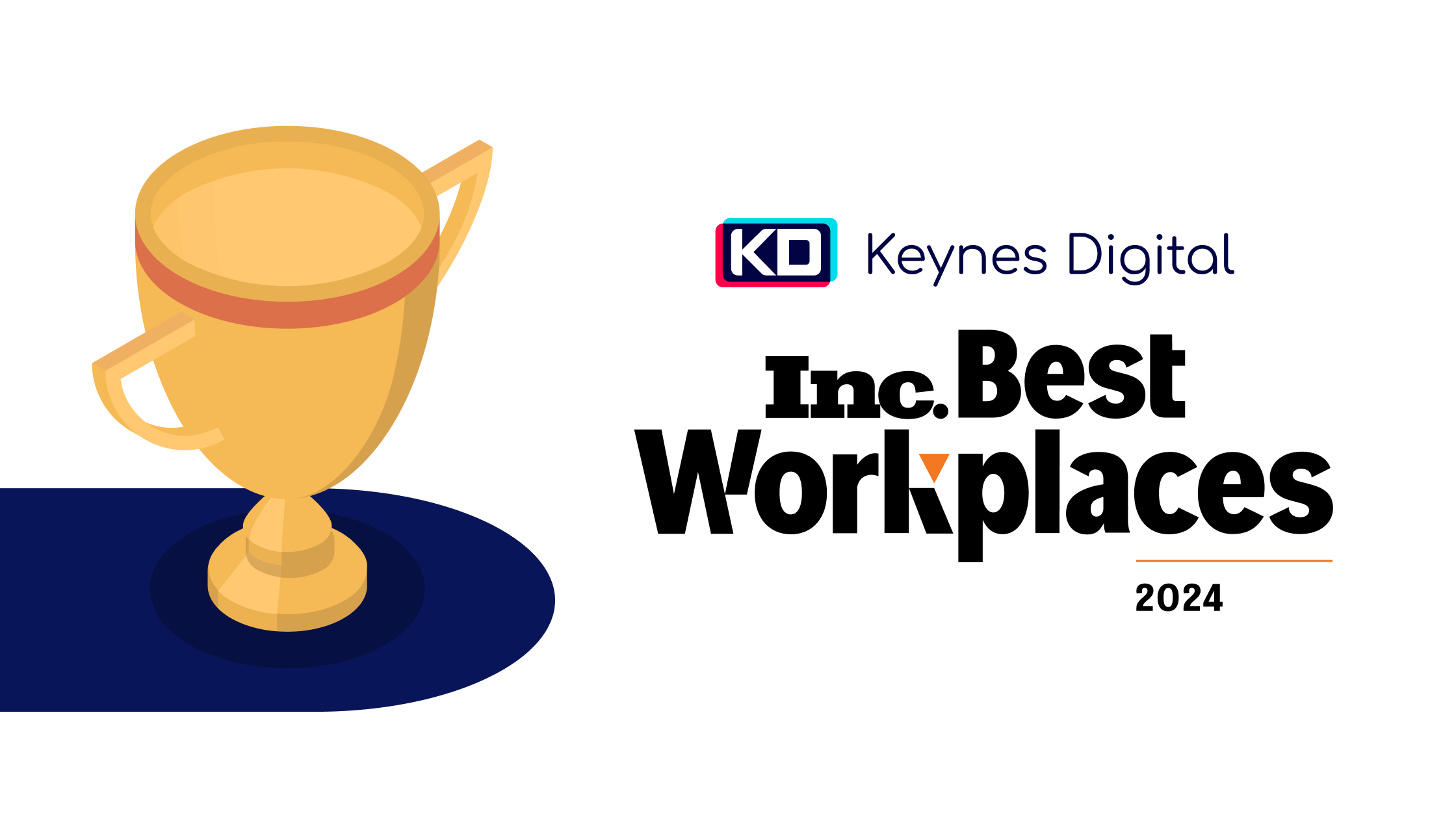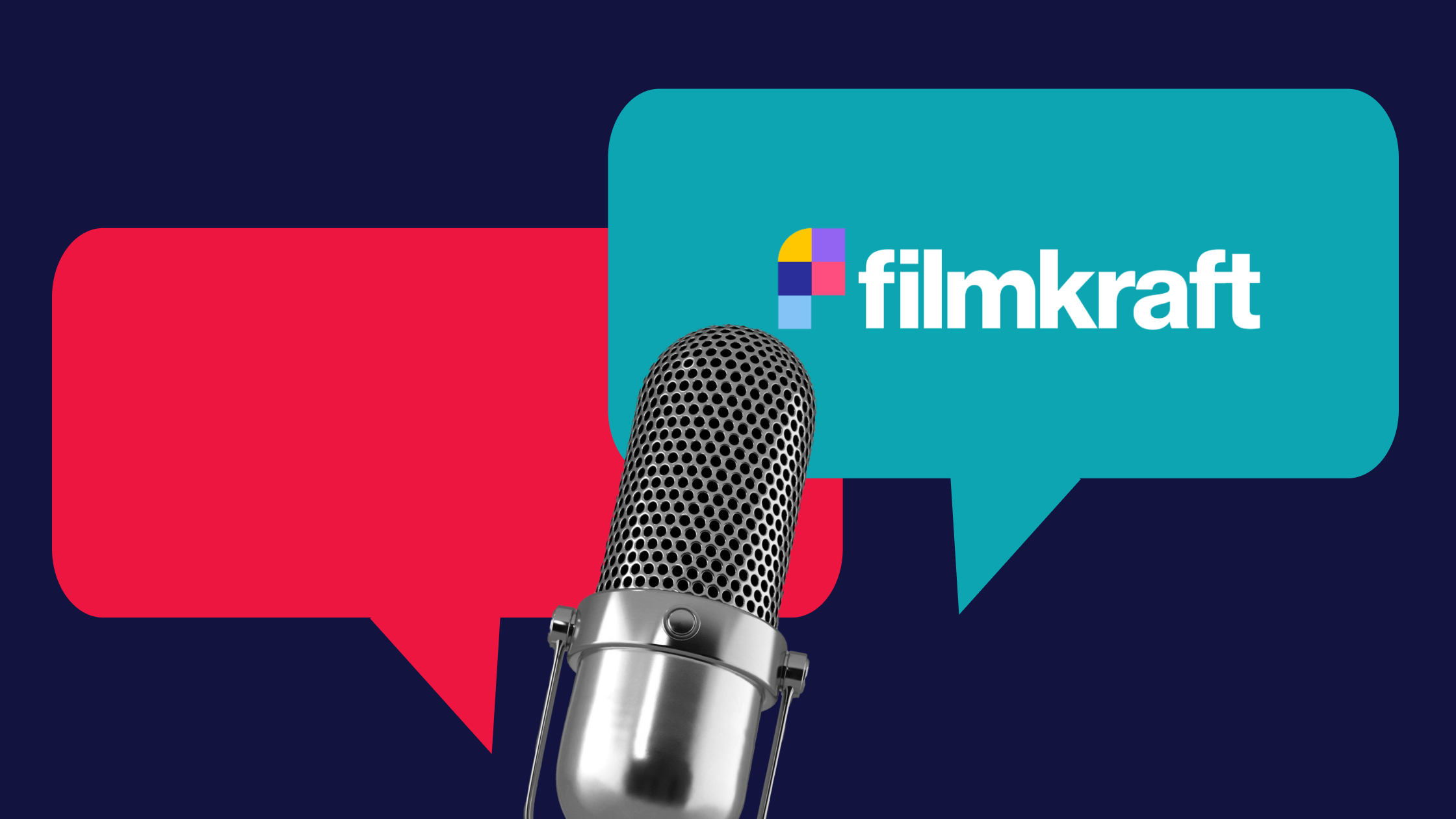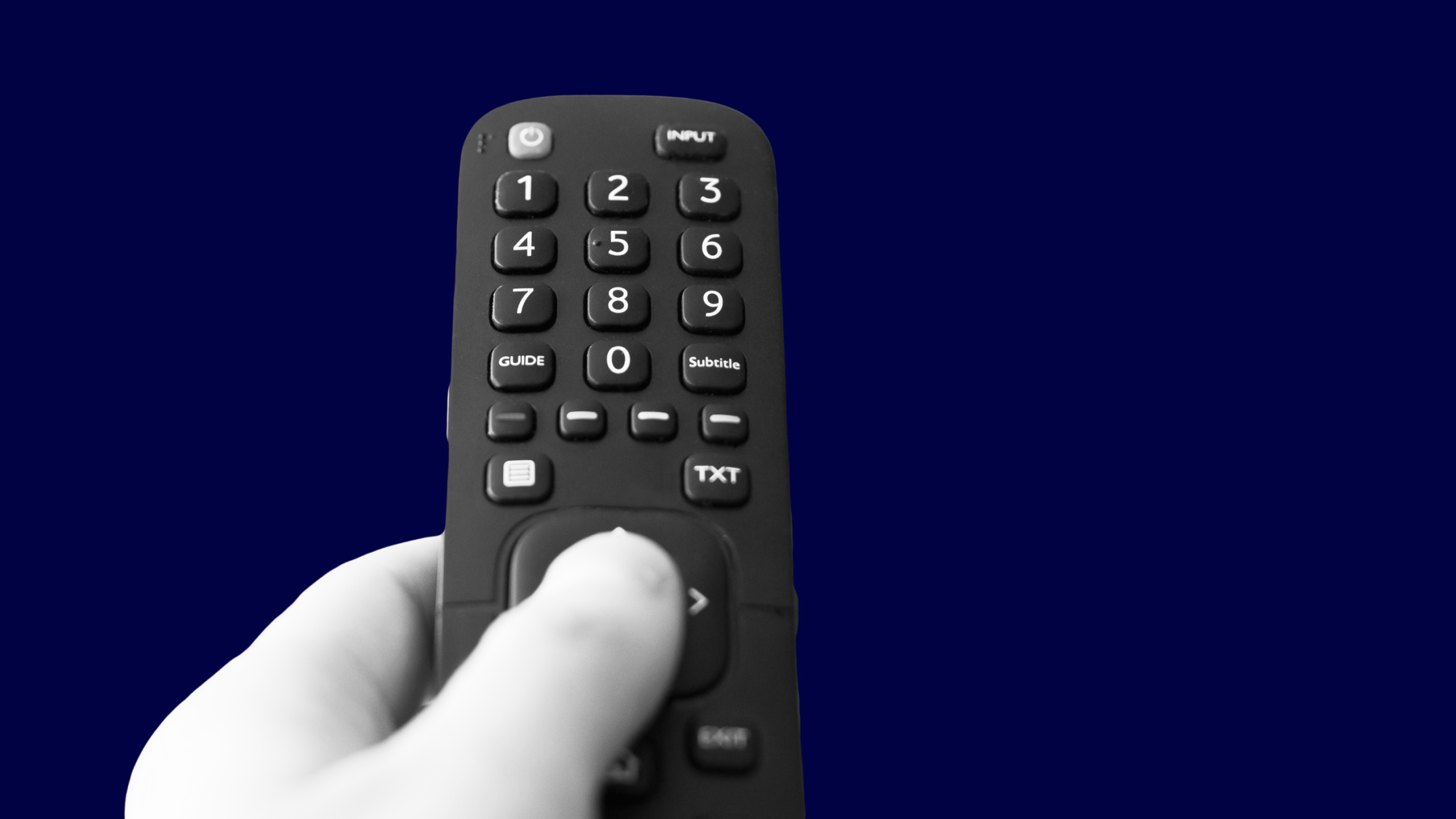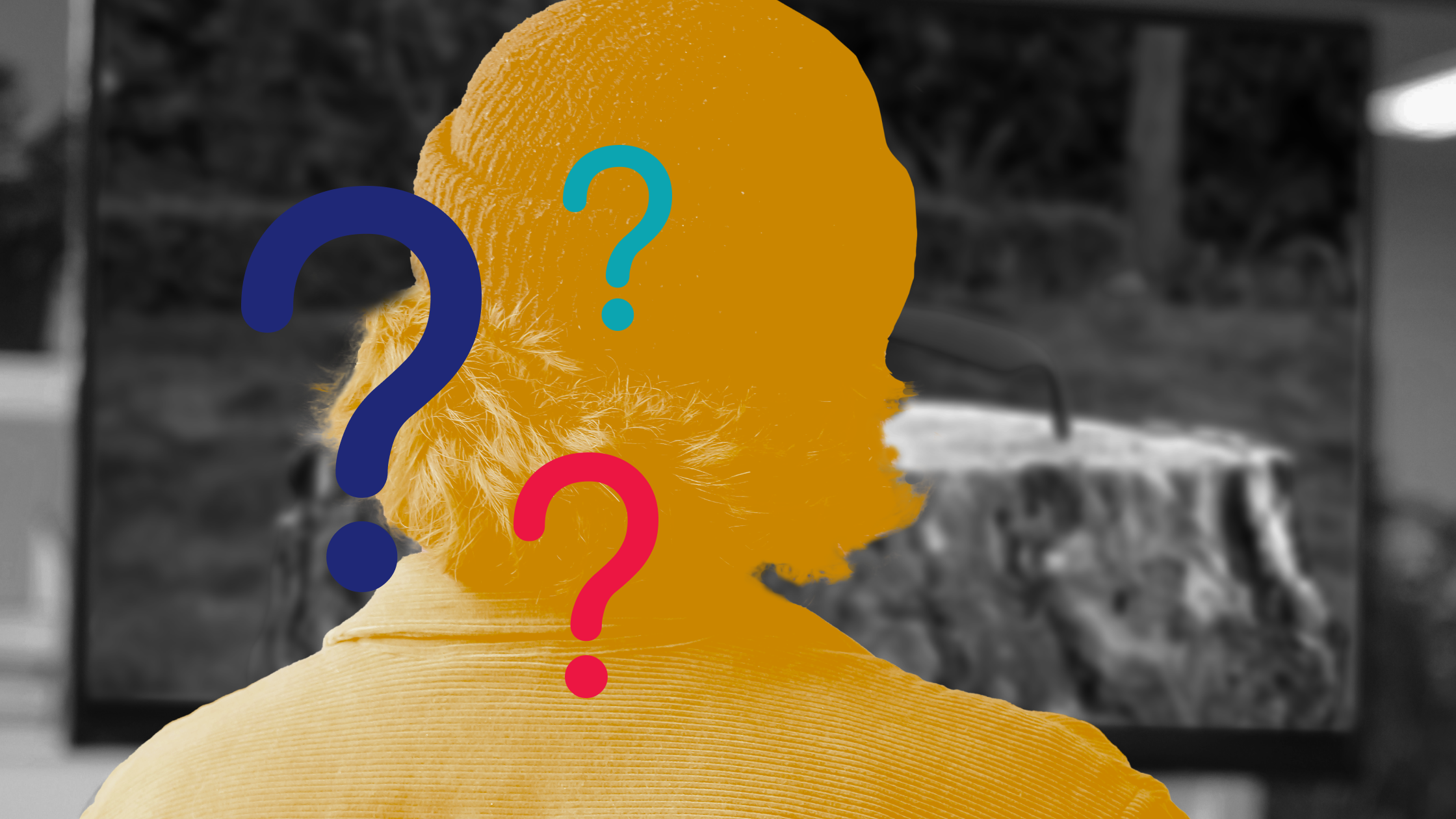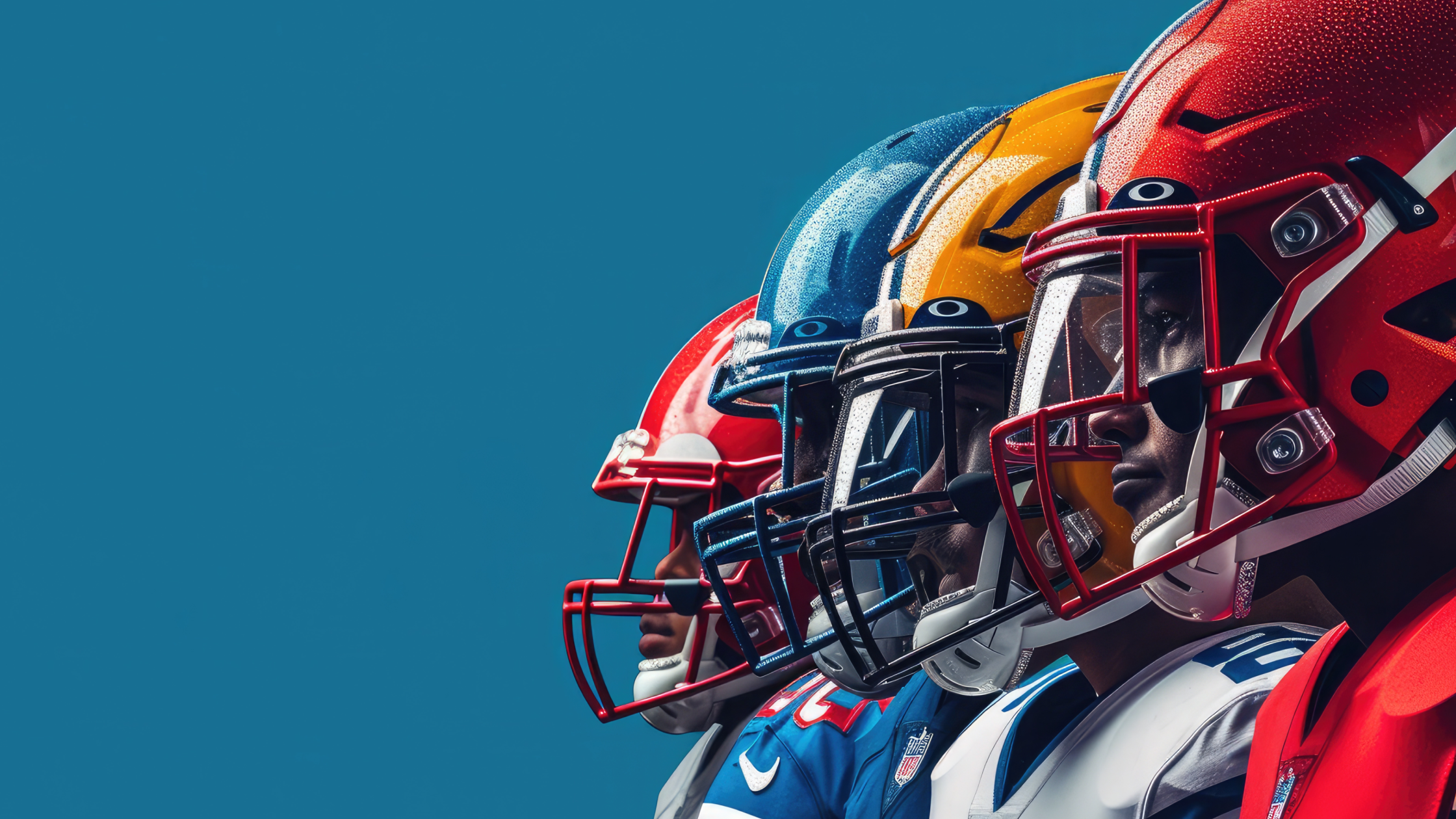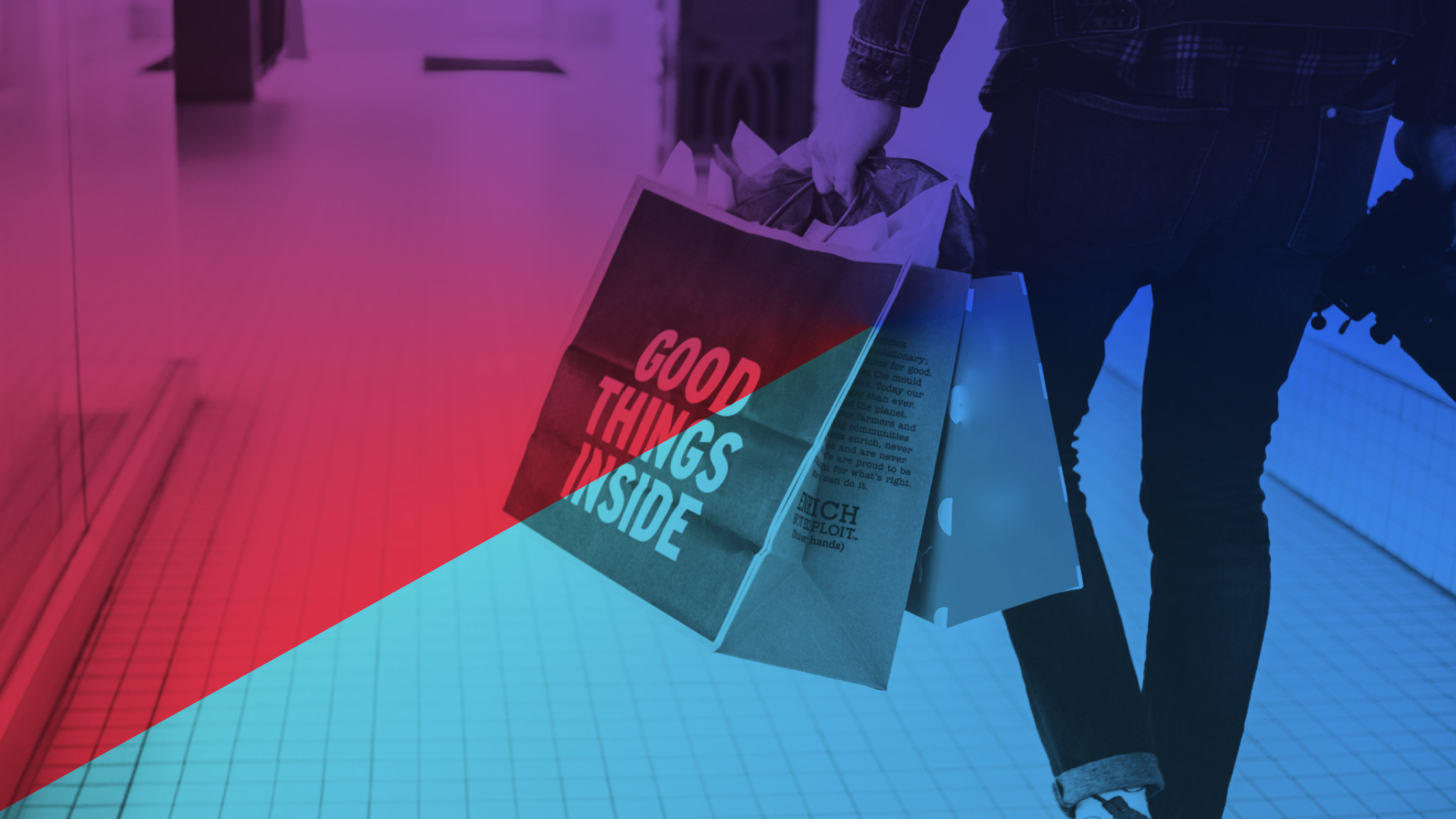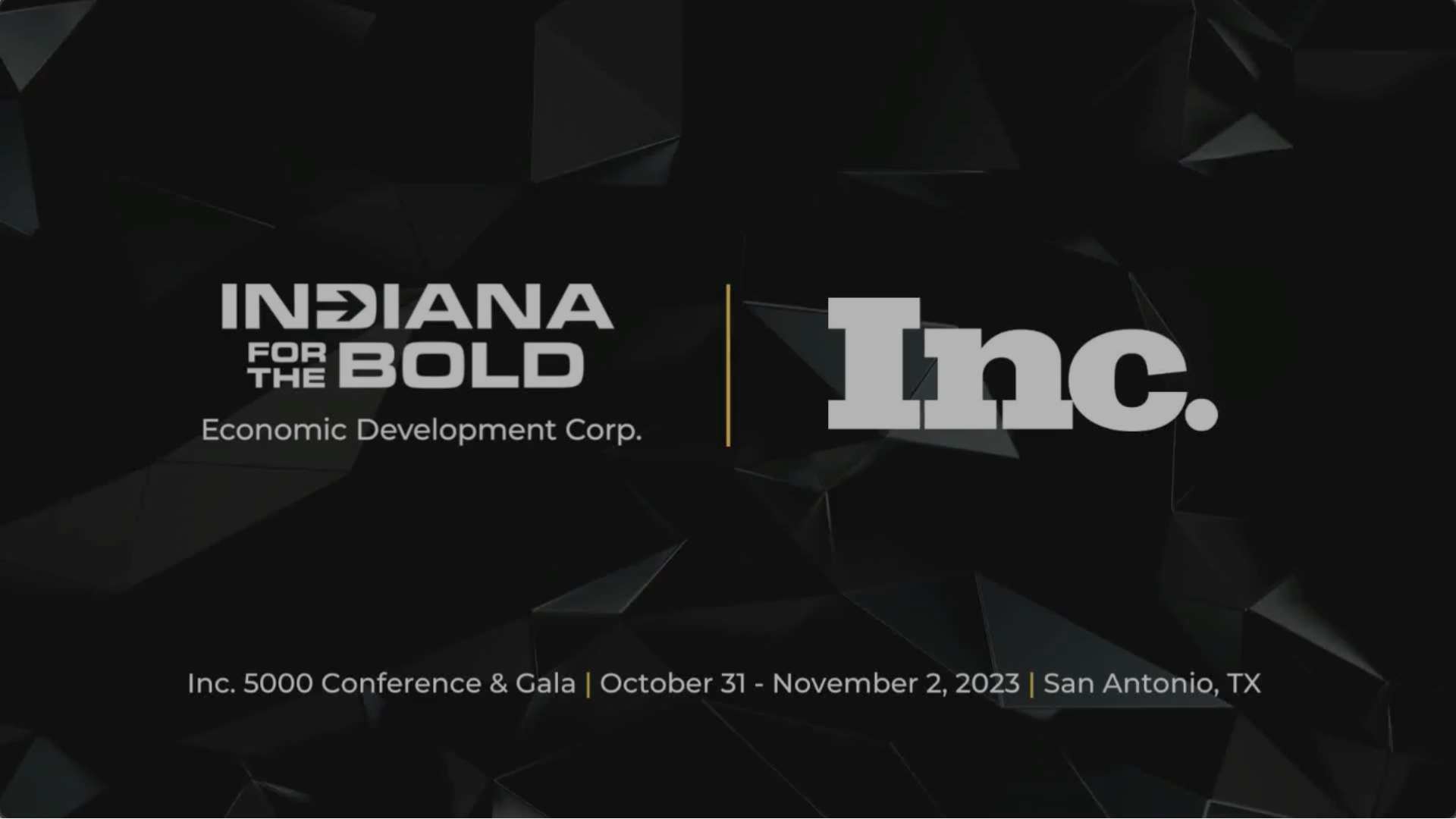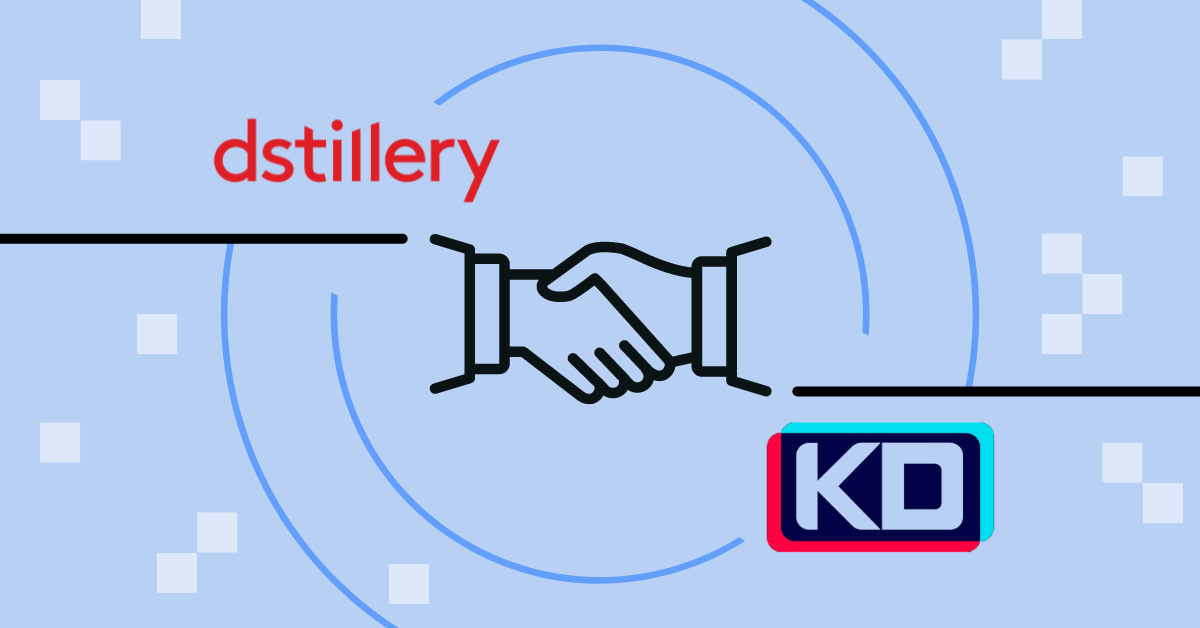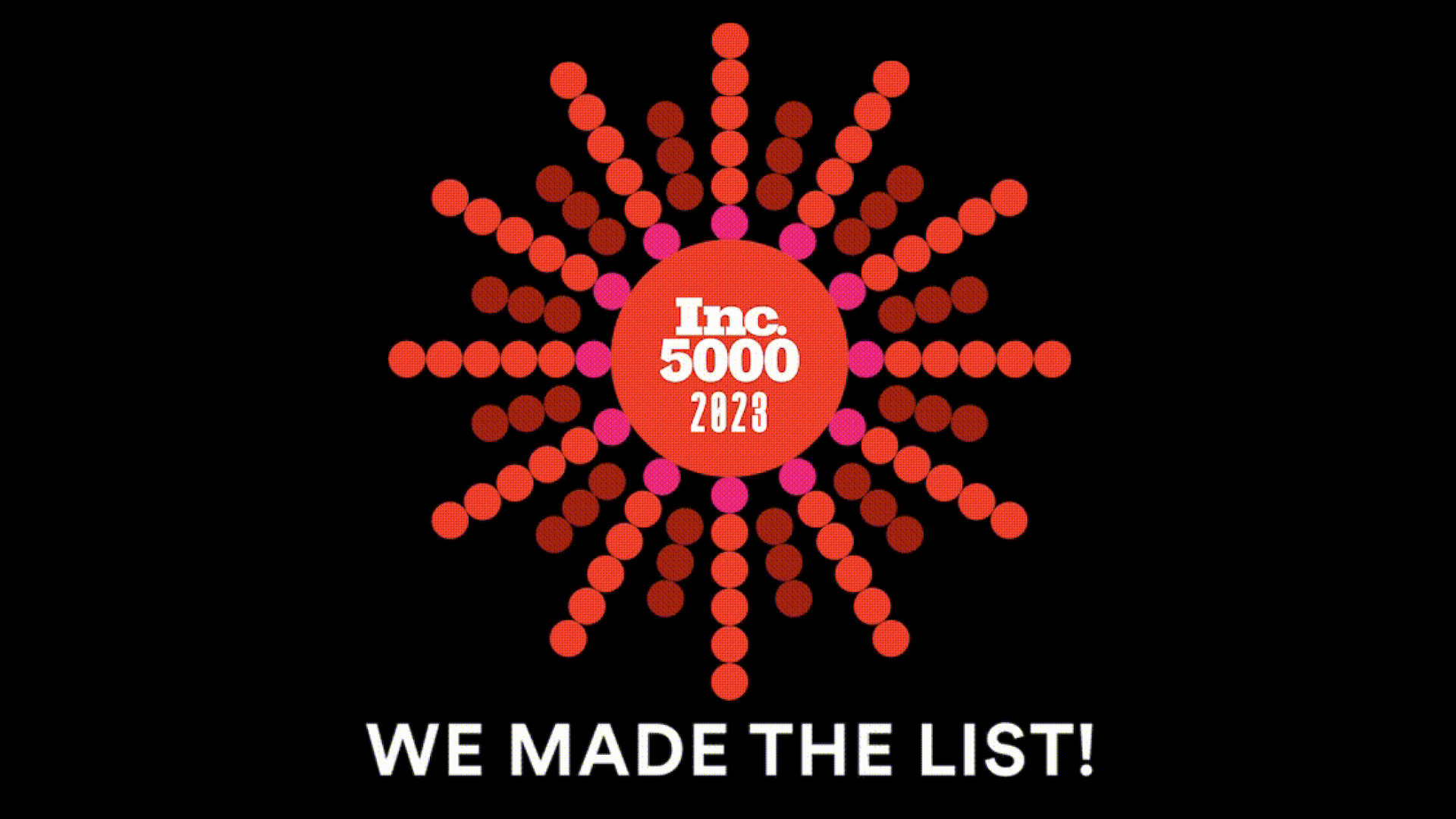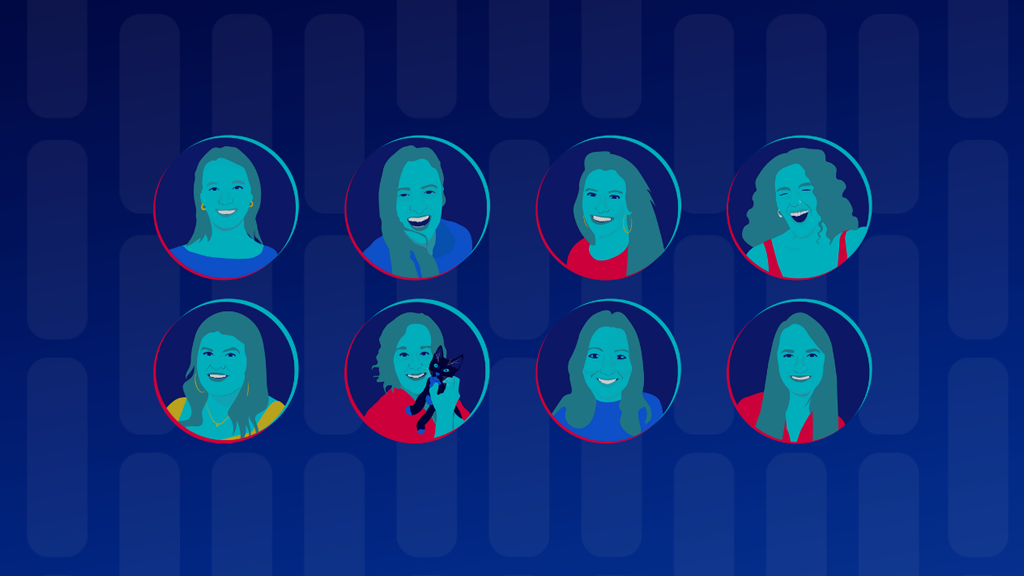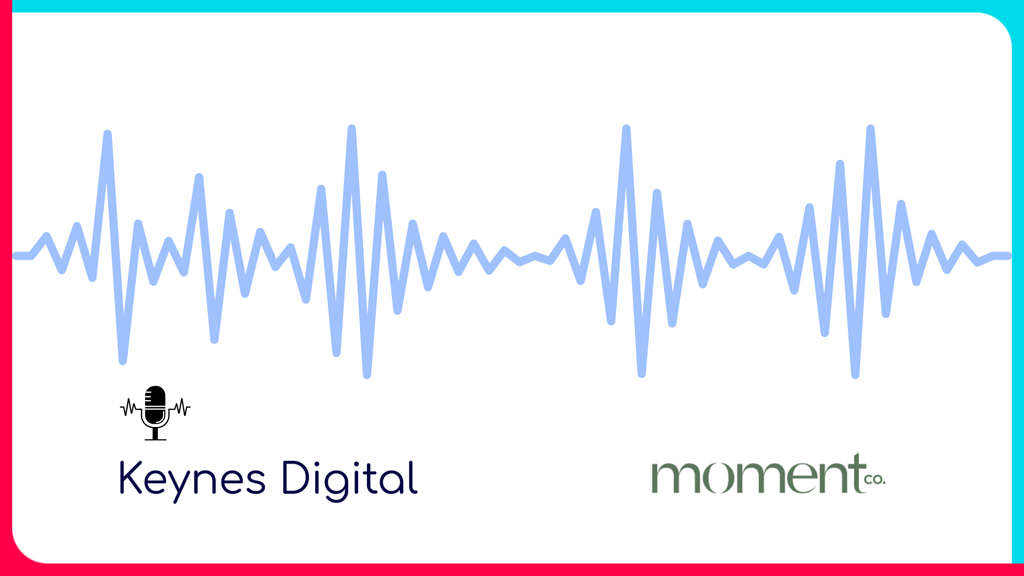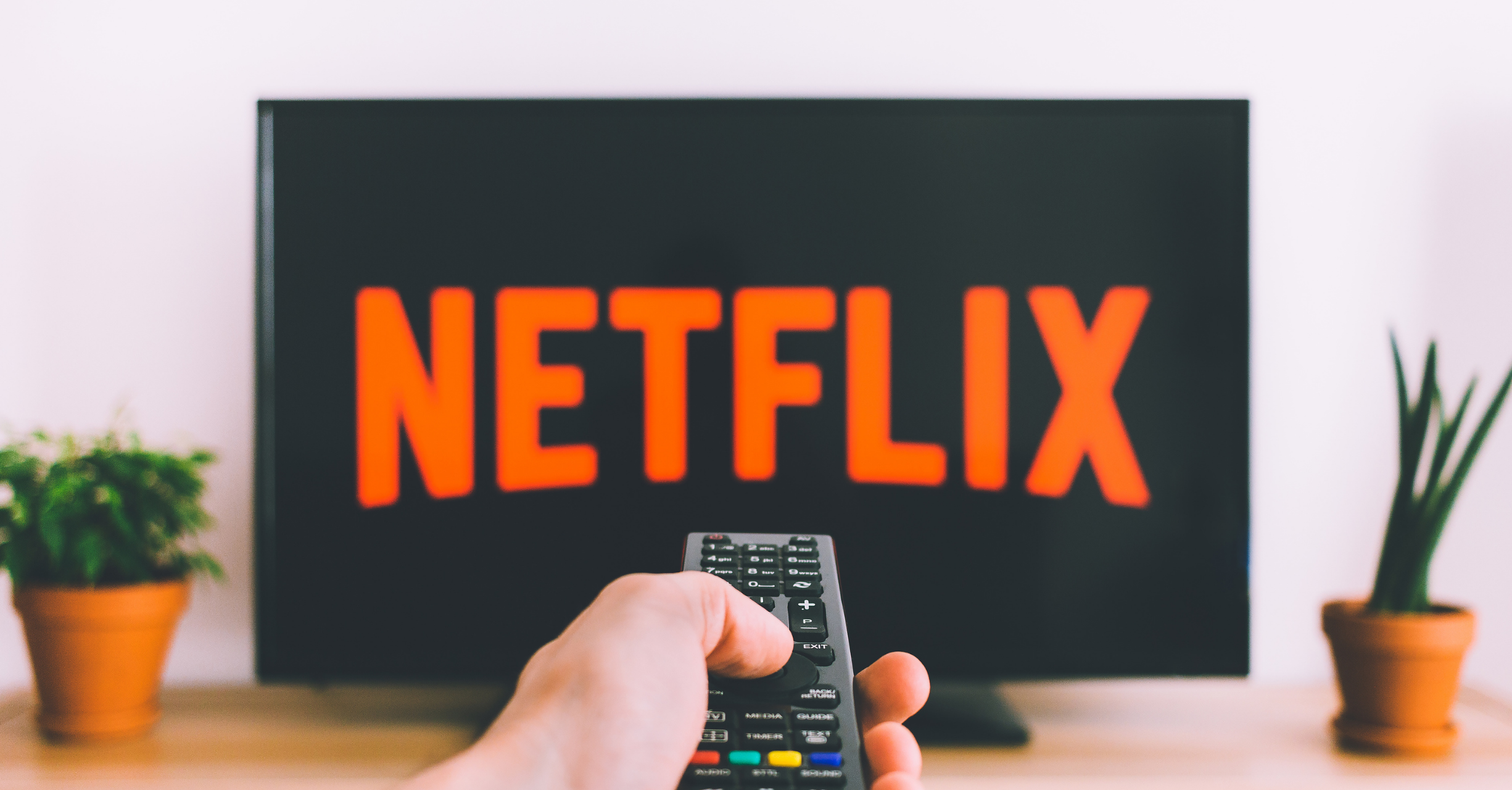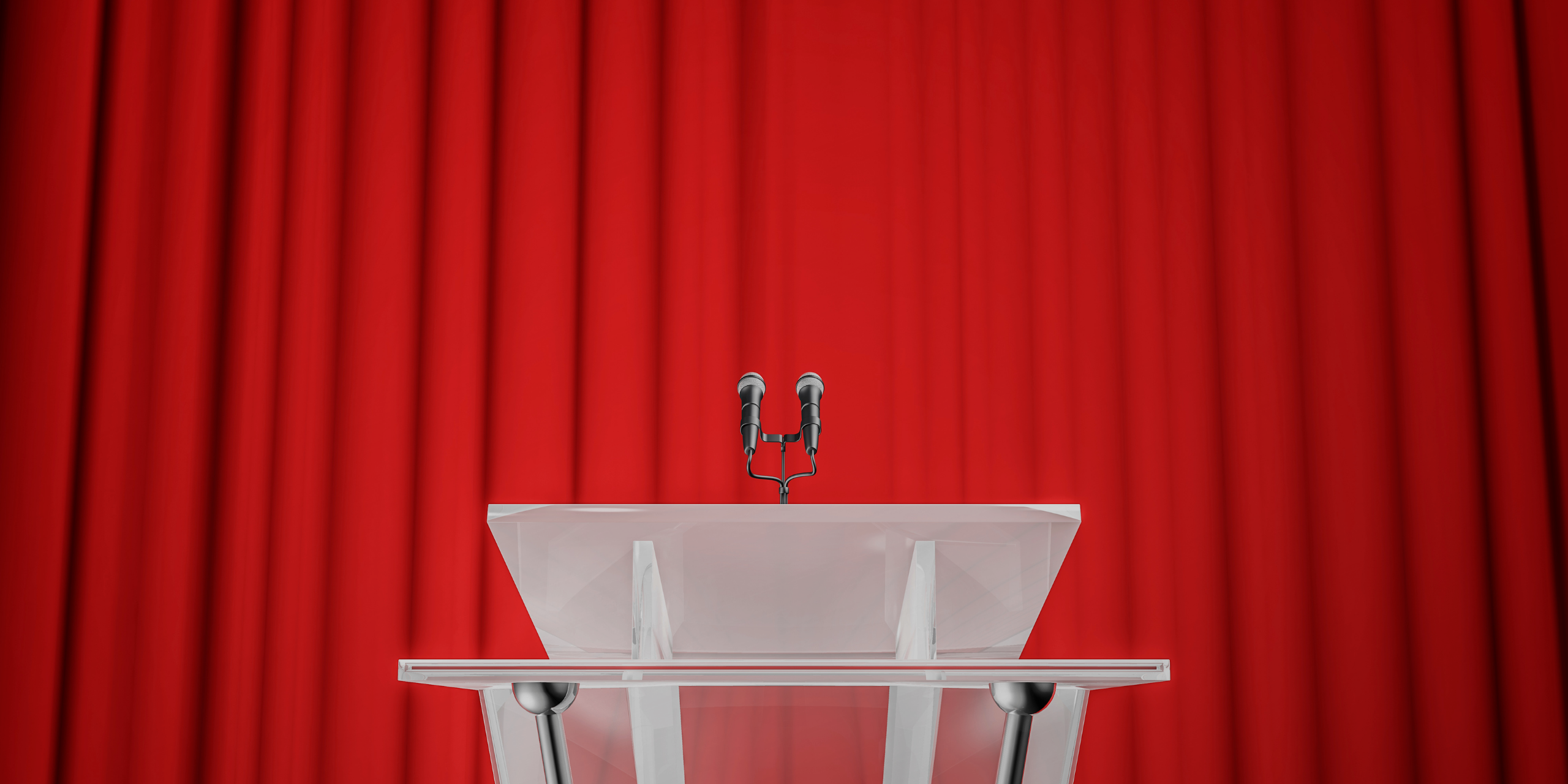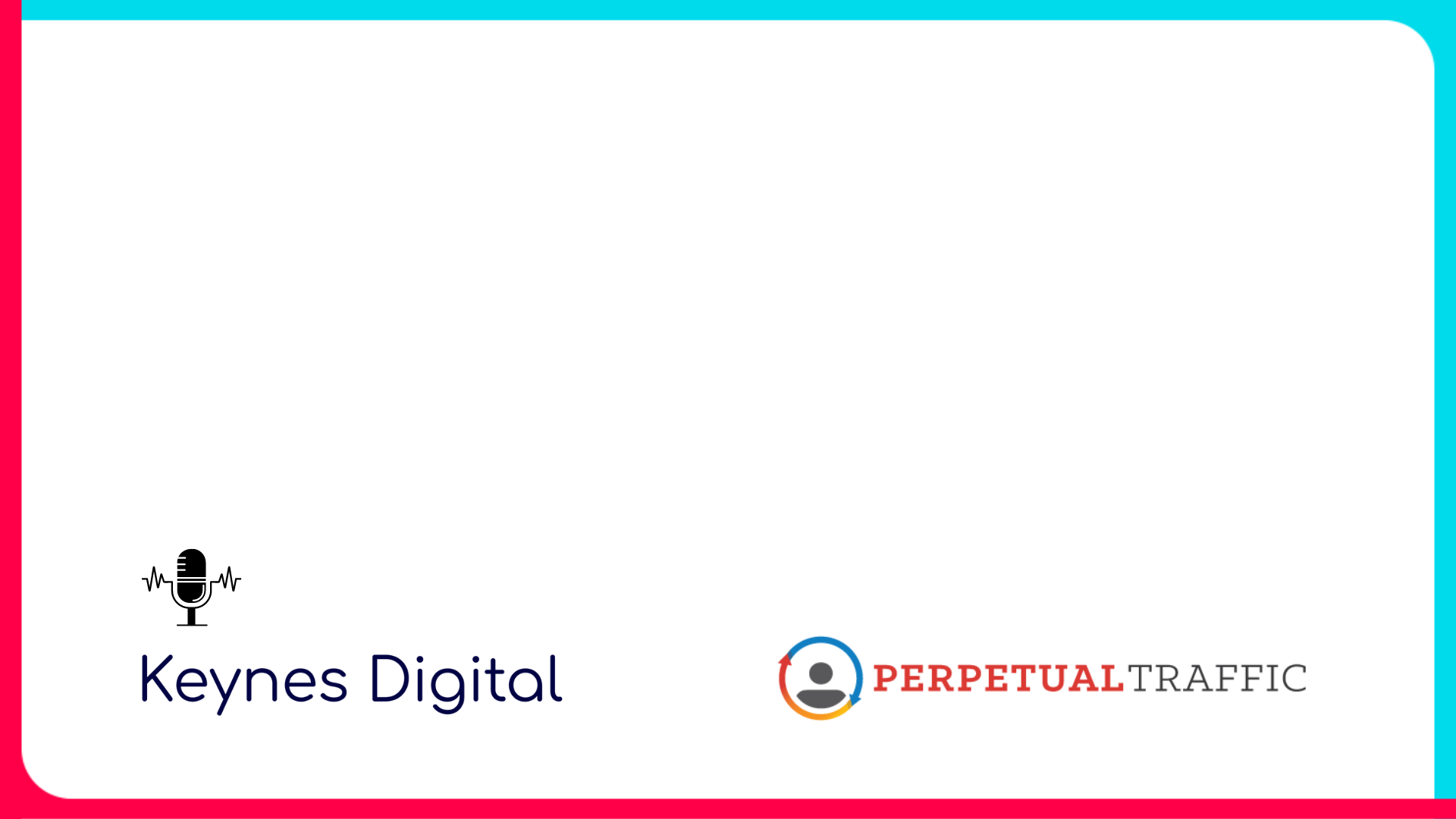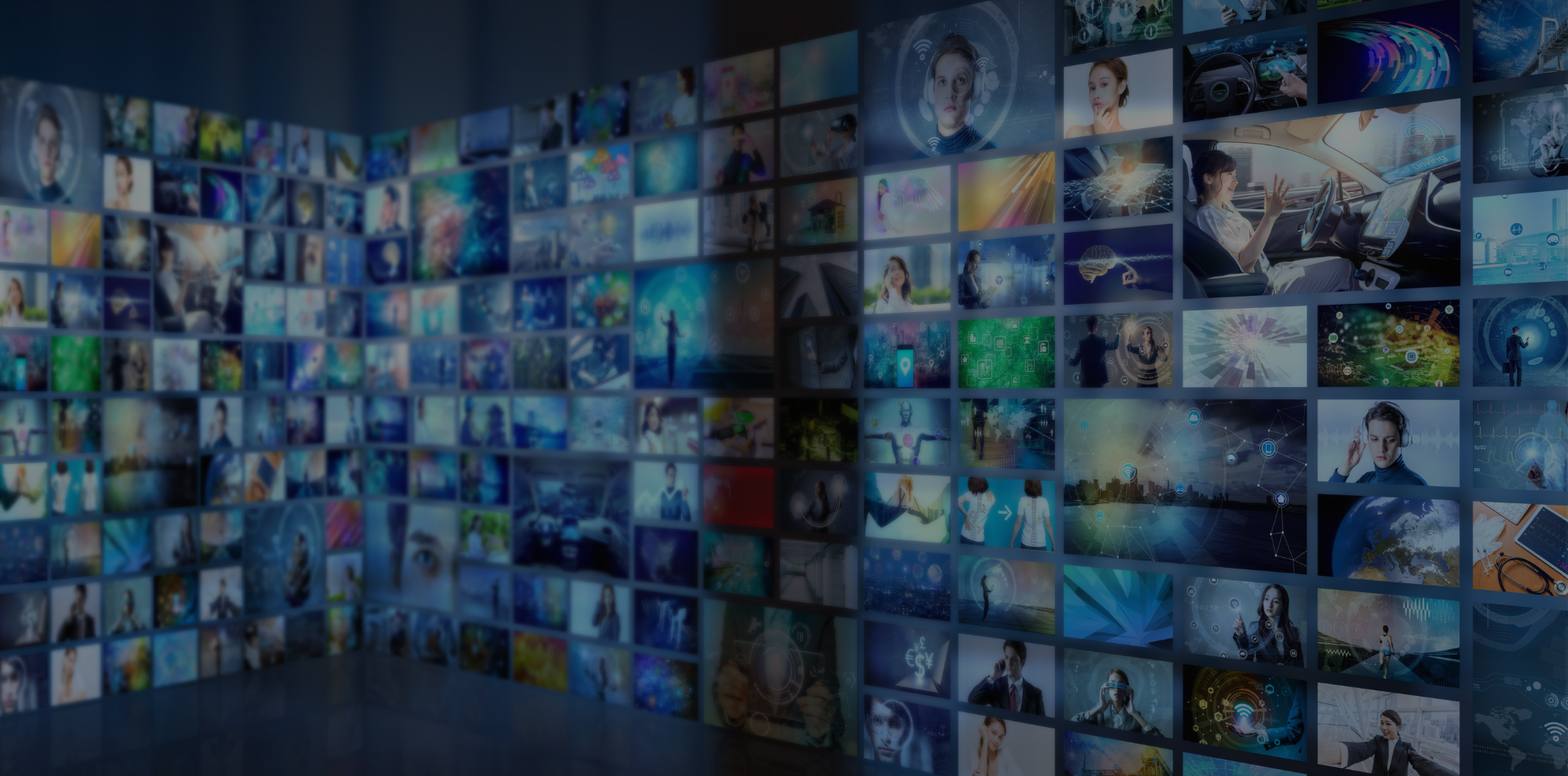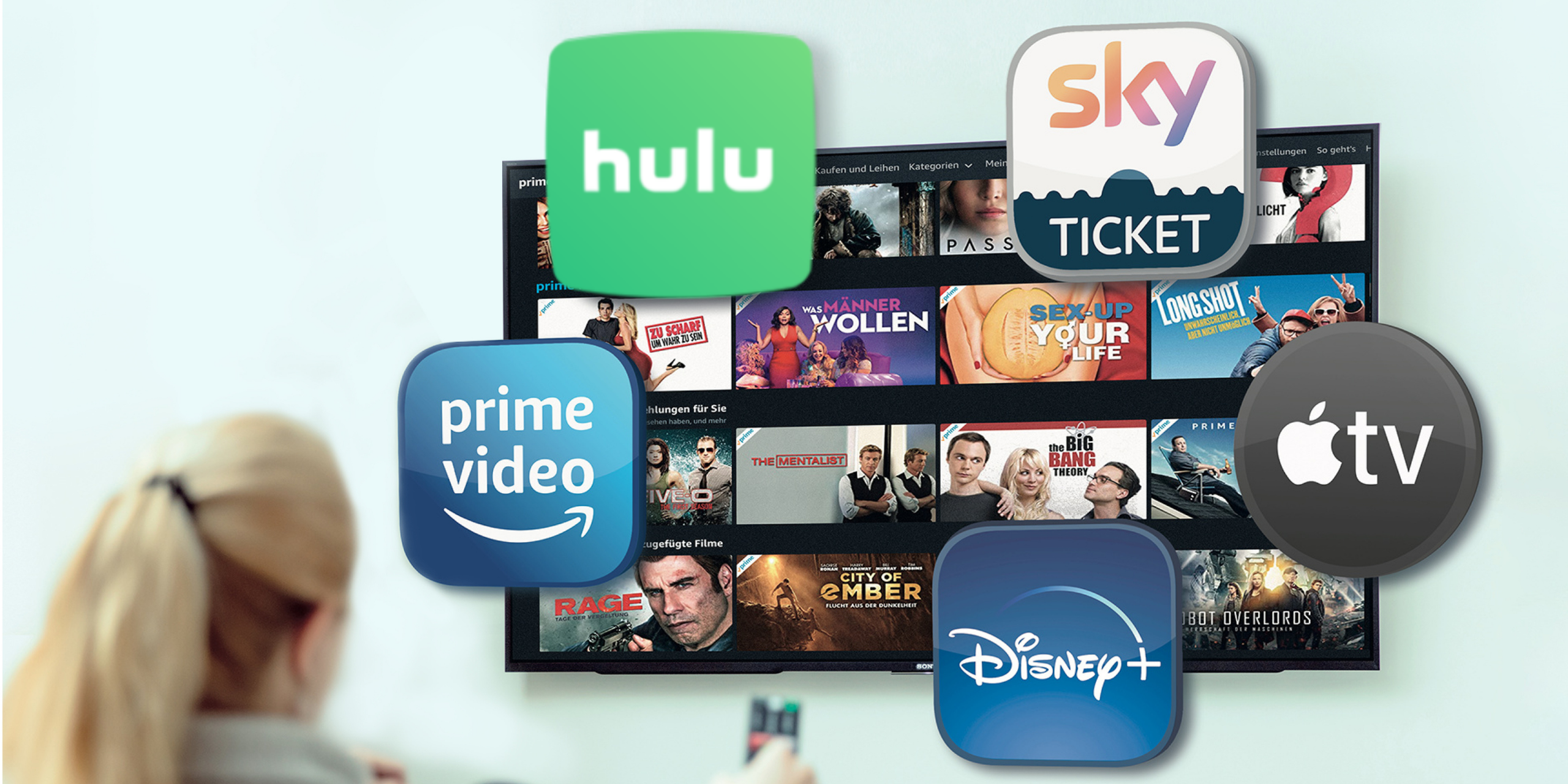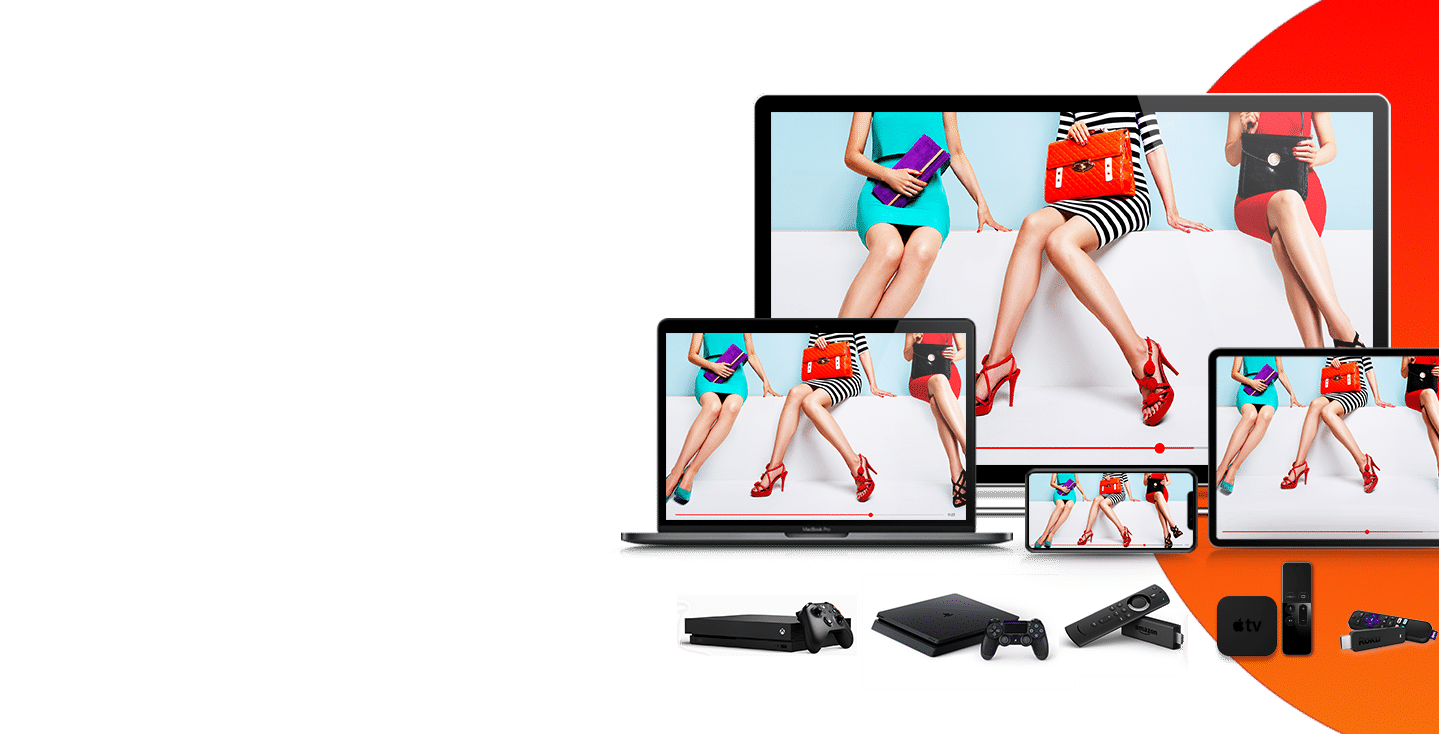Programmatic Audio Ads
Audio ads are a form of digital advertising delivered through audio channels such as music streaming services, podcasts, and internet radio. Audio ads can be an effective way for brands to reach their target audience with engaging content that complements the listening experience.
Programmatic audio ads, in particular, are targeted ads that are delivered programmatically, based on user data such as location, age, gender, and listening behavior. This allows brands to target their ads more precisely, leading to better engagement and conversion rates.
Audio ads are served on numerous platforms, including music streaming services like Spotify and Pandora, podcast apps like Apple Podcasts and Google Podcasts, and internet radio services like TuneIn and iHeartRadio. These platforms offer a convenient and personalized listening experience that consumers can access on the go, making audio ads an effective way to reach audiences during their daily routines.
Compared to traditional radio ads, programmatic audio ads have several advantages. One key advantage is the ability to target specific audiences based on their demographic and behavioral data. Another advantage is the ability to provide a more personalized listening experience, with ads that are tailored to the listener’s interests and preferences.
Audio platforms are also very convenient for consumers on the go. With the rise of smartphones and mobile devices, consumers can access audio content from anywhere. This has made audio advertising a popular choice for brands looking to reach consumers in their daily lives, whether they are commuting to work, exercising, or simply relaxing at home.
Audio ads are a powerful form of programmatic advertising that can be delivered through a variety of platforms, including music streaming services, podcast apps, and internet radio. With their advanced targeting capabilities and personalized listening experience, audio ads offer a convenient and effective way for brands to reach their target audience on the go.
Audio Ads Examples
Compared to traditional radio ads, programmatic audio ads are more targeted and measurable. For example, marketers can use programmatic audio ads on Spotify to target users based on their music preferences, demographics, and location. They can also use data to track the effectiveness of their campaigns and make adjustments in real time.
Some Spotify audio ads examples of programmatic could include:
- Audio ads played during song breaks
- Sponsored playlists featuring branded content
- Audio ads that appear between podcast segments
These ads can be customized to fit the tone and format of the platform they are played on, making them more engaging and relevant to the listener.
Spotify Audio Ads for Digital Marketers
Spotify audio is everywhere. Spotify is a music and podcast streaming platform that has become an important channel for digital marketers. With over 365 million active monthly users, including over 165 million subscribers, Spotify offers an extensive audience that marketers can leverage to reach new consumers. The platform’s popularity has also made it a valuable premium channel in the programmatic space.
One of the key advantages of using Spotify for audio ads is the platform’s ability to provide highly targeted ad placements. Spotify uses a variety of data points, including age, gender, location, and listening behavior, to serve ads to specific audiences. This allows marketers to create campaigns that are tailored to the preferences and interests of their target consumers, leading to more effective ad engagement and higher conversion rates.
Another advantage of using Spotify for audio ads is the platform’s ability to provide audio ad placements across multiple devices and platforms. Spotify audio ads can be served on desktop and mobile platforms, as well as smart speakers and gaming consoles, reaching users wherever they are listening. This provides brands with a greater opportunity to connect with their audience and drive conversions.
In addition, Spotify offers several audio ad formats, including audio everywhere, sponsored sessions, and sponsored playlists, that provide a high level of flexibility and creativity for marketers. Brands can experiment with different ad formats to determine which approach works best for their audience and campaign goals.
Spotify provides comprehensive analytics and reporting tools that allow marketers to track the performance of their audio ads in real time. This includes metrics such as reach, frequency, engagement, and conversion rates. By analyzing this data, marketers can optimize their campaigns to improve performance and ensure that they are reaching their target audience effectively.
Spotify provides a valuable premium channel for programmatic audio advertising. With its extensive audience reach, advanced targeting capabilities, multi-platform delivery, flexible ad formats, and comprehensive analytics, Spotify offers a range of benefits for digital marketers looking to drive engagement and conversions through audio ads.
Spotify Audio Specs
The audio specs for Spotify are universal for all programmatic audio. They require a minimum audio bitrate of 128kbps and a maximum audio duration of 30 seconds for audio ads. Spotify also requires that audio ads be in MP3 or M4A format. Below is everything you need to follow for general audio specs:
First-Party Supported Formats
- MP3
- M4A
- WAV
3rd-Party Supported Formats
- MP3
- OGG
- *We recommend that you include both MP3 and GG file types in your tag
Bitrate(Recommended)
- 160 KBPS
Spot Length
- 15 seconds
- 30 seconds
- 60 seconds (not recommended)
Companion Banners (a Keynes thing)
- JPEG, PNG
For a full list of audio specs, marketers can refer to Keynes’ audio specs, which can be found on their website.
Audio Ads for Publishers
There are several types of audio ad placements that marketers can serve to users listening to audio content. These include:
- Pre-roll ads that play before the content starts
- Mid-roll ads that play during the content
- Post-roll ads that play after the content ends
- Host-read ads that the podcast host reads
- Scripted ads that are pre-recorded and played during the content, i.e. a Spotify ad script are common.
Marketers can choose the type of ad placement that best suits their campaign goals and target audience. For example, pre-roll ads may be more effective for raising brand awareness, while mid-roll ads may be more effective for driving conversions.
Premium Audio Inventory
Premium Audio Inventory refers to the top-tier audio platforms where marketers can serve audio ads. These platforms have a large audience base, offering advertisers a significant opportunity to reach new consumers with their audio ads. Among these platforms, Spotify is one of the most popular music streaming services, with over 365 million monthly active users. Other platforms such as iHeart Media, Amazon Alexa ads, Pandora, Google Home, Audiology, and TuneIn also have millions of monthly active users, making them attractive to advertisers.
When considering which platform to use for their audio ads, marketers should consider the unique demographics and interests of each platform’s audience. For example, Spotify’s audience is predominantly young adults and millennials, making it an ideal platform for brands that target this demographic. On the other hand, Pandora has a more diverse audience, with a higher percentage of female listeners, making it an excellent platform for brands that target women.
Each platform has its unique strengths and weaknesses, and marketers should consider these factors when selecting which platform to use for their audio ads. For example, some platforms may have higher engagement rates than others, while some may offer more advanced targeting capabilities. Marketers should also consider their budget and the cost of advertising on each platform, such as audio ads Spotify or Amazon audio ads.
Overall, the premium audio inventory provides advertisers with a valuable opportunity to reach a large audience with their audio ads. By understanding the unique characteristics of each platform’s audience and considering their marketing goals and budget, marketers can create effective audio ad campaigns that drive results.
The Benefits of Audio Ads for Marketers
Audio ads offer a unique and effective way for brands to reach and engage with their target audience. There are several benefits of using programmatic audio ads that make them a valuable addition to a brand’s marketing strategy.
Firstly, audio ads can create an immersive and engaging experience for listeners. With programmatic audio, brands can target their ads to specific audiences and deliver them within relevant contexts, such as when someone is listening to music or a podcast. By delivering ads in a natural and non-intrusive way, brands can connect with their target audience in a way that feels more organic and engaging.
Another benefit of programmatic audio ads is their ability to increase brand awareness. Audio ads can be used to promote brand messaging and values, share product information, and create an emotional connection with the audience. By consistently delivering these messages through audio ads, brands can build a stronger relationship with their target audience, ultimately leading to increased brand loyalty and customer retention.
Programmatic audio ads are also cost-effective for brands to reach their target audience. Audio ads are targeted to specific audiences and demographics, making them a more efficient way to reach the right people than traditional broadcast radio ads. Additionally, programmatic audio ads can be optimized in real-time based on performance data, allowing brands to continually improve the effectiveness of their campaigns.
Finally, programmatic audio ads offer a high level of flexibility and creativity. Advertisers can use different audio formats like music, voiceovers, and sound effects to create engaging and memorable ads. Brands can also experiment with different audio ad placements, such as pre-roll, mid-roll, or post-roll, to find the optimal ad format that resonates with their target audience.
In conclusion, programmatic audio ads offer several benefits for marketers, including creating immersive and engaging experiences for listeners, increasing brand awareness, reaching specific target audiences more efficiently, optimizing campaigns in real time, and experimenting with different ad formats and placements. By incorporating programmatic audio into their marketing strategies, brands can drive meaningful connections with their audience and achieve their marketing goals.
Industry Expert Insights
We are your high-touch, performance-focused streaming TV and programmatic advertising partner. Our team of experts and a one-of-a-kind data-driven platform connects you to the best streaming TV marketing strategies.

